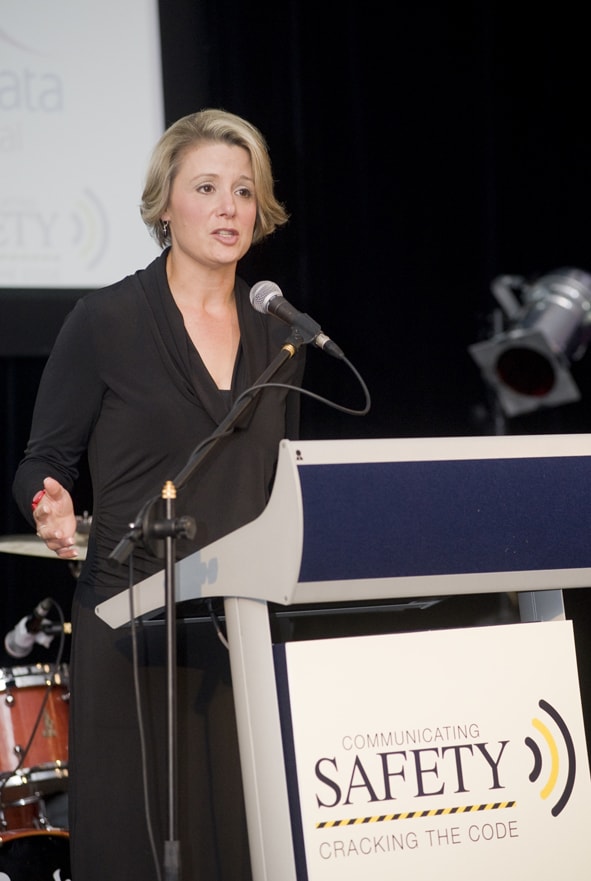Rarely does SafetyAtWorkBlog recommend the purchase of books but Federation Press is offering 50% off any Willan Publishing titles through to 17 December 2010. For those unfamiliar with this publisher, below are some of the titles that are relevant to occupational health and safety:
Safety Crimes by Steve Tombs and David Whyte
Workplace Violence by Vaughan Bowie, Bonnie Fisher and Cary L Cooper
Violence at Work by Martin Gill, Bonnie Fisher and Vaughan Bowie
There are many other titles concerning social issues which may be of relevance to some industrial sectors.
Note: SafetyAtWorkBlog occasionally receives review copies from Federation Press but with this special offer, a selection of books have been purchased.

